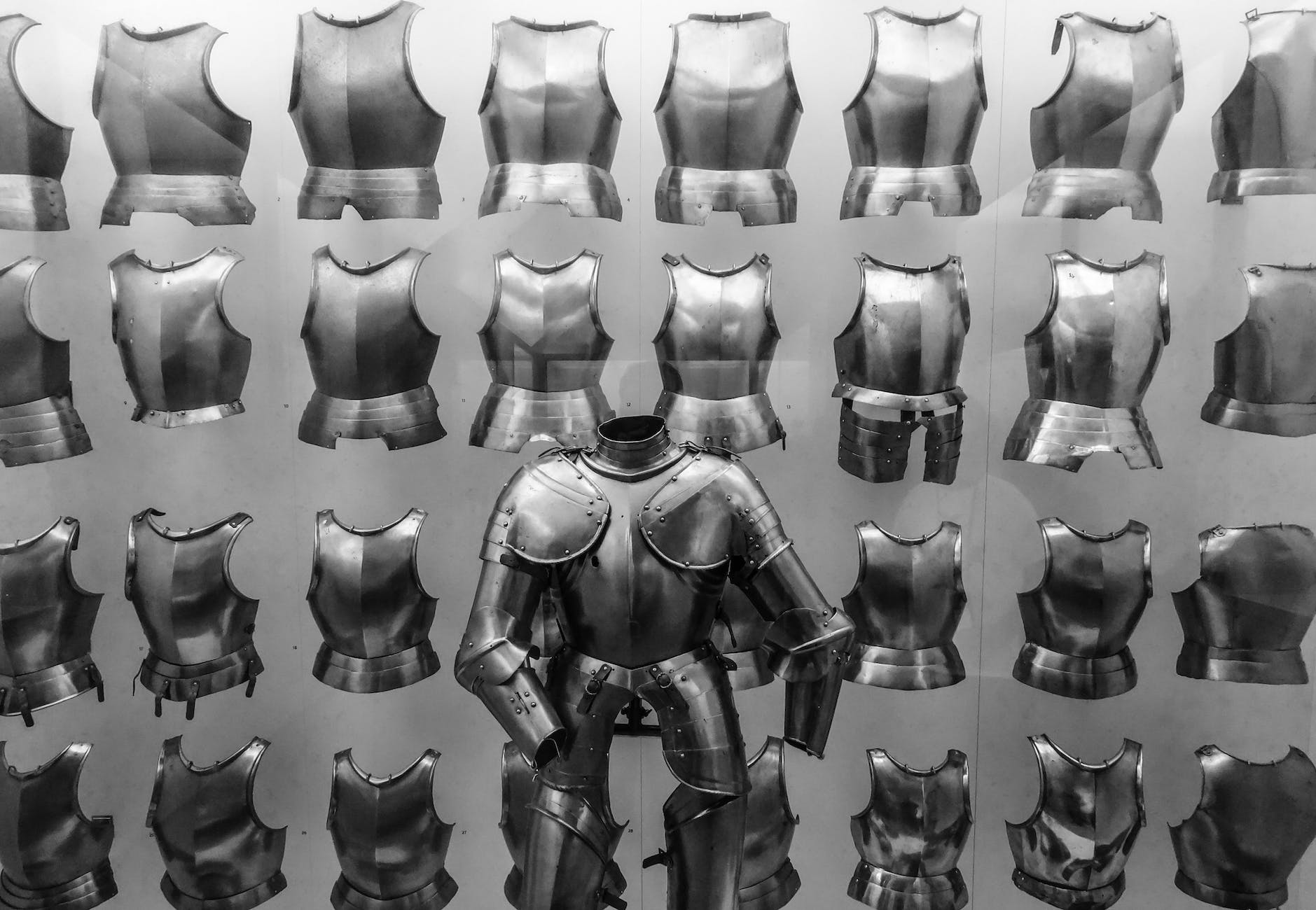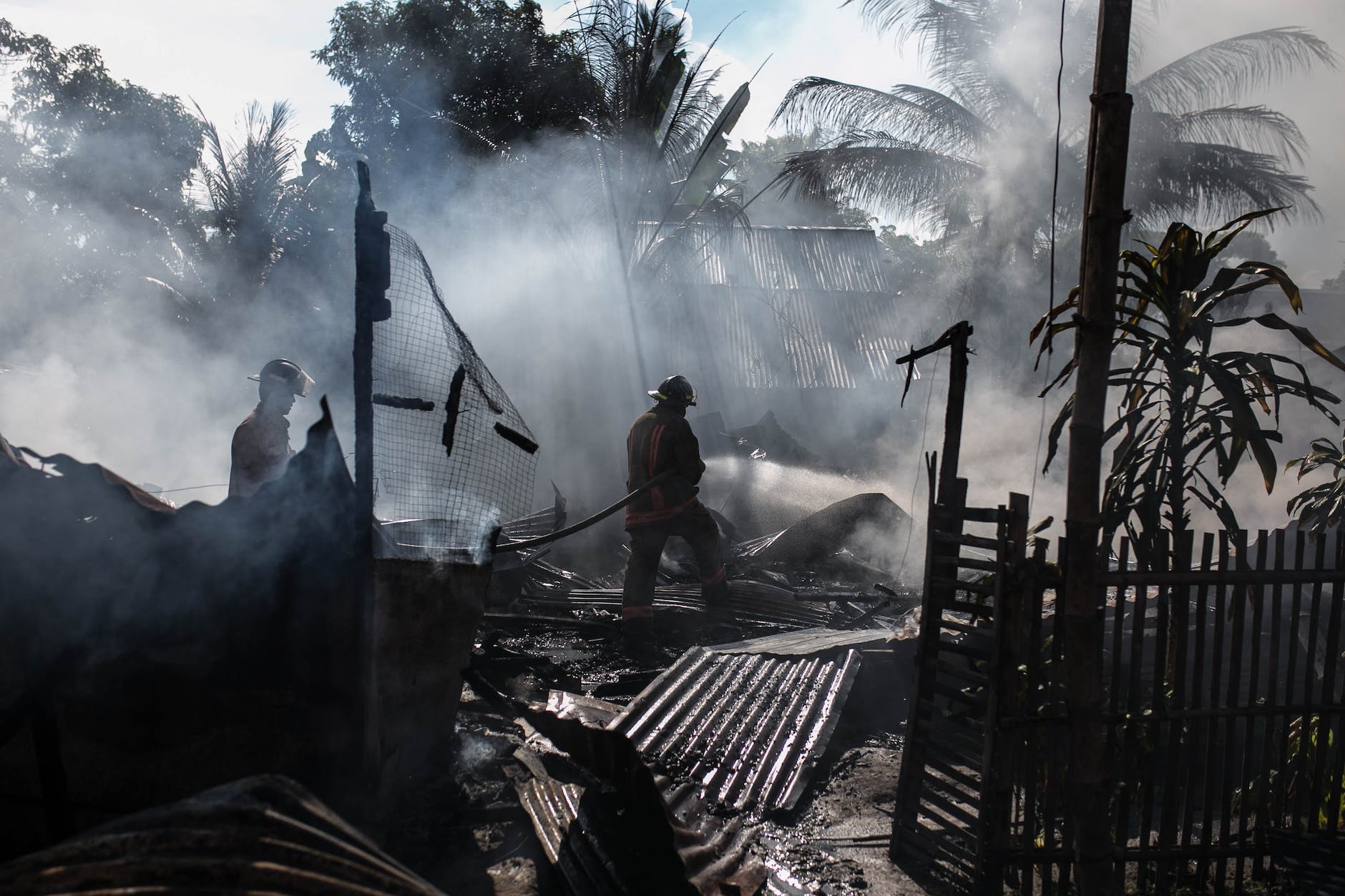Considering ancient and modern body armor, the breastplate is the largest single piece. And for a good reason. The breastplate protects our vulnerable and vital organs, including our heart. Paul likened the breastplate to righteousness in his whole armor inventory. “Stand firm therefore, having girded your loins with truth, and having put on the breastplate of righteousness,” (Ephesians 6:14, NASB95)
Righteousness is a church word that is rarely used in our everyday language. It is also a rich word with layers of meaning and purpose. We can break those layers down into two distinct perspectives.
One use of the word righteousness has a legal connotation. Considering the whole of the Gospel, we learn that our own righteousness is worthless. The prophet Isaiah wrote, “We are all infected and impure with sin. When we display our righteous deeds, they are nothing but filthy rags. Like autumn leaves, we wither and fall, and our sins sweep us away like the wind.” (Isaiah 64:6, NLT) Paul writes, “For God made Christ, who never sinned, to be the offering for our sin, so that we could be made right with God through Christ.” (2 Corinthians 5:21, NLT) The righteousness listed in the Whole Armor passage is not of our own making. It is Christ’s righteousness given to us that is covering our sins and protecting our vulnerabilities.
You could rightly say that the breastplate of righteousness is God’s armor which we choose to wear by accepting Christ’s invitation. And yet, there is more about righteousness to be considered. The word itself points to doing what God requires. So, we are righteous in Christ, and we also do righteous actions through Christ. Doing righteousness is the second distinct perspective.
And what does God require? Consider this from Micah – “He has told you, O man, what is good; And what does the Lord require of you But to do justice, to love kindness, And to walk humbly with your God?” (Micah 6:8, NASB95) Doing justice takes on many forms. For children, it is seen in choosing to share rather than being selfish. For students, it is seen in learning to value the contributions of others. For parents, it is seen in keeping promises and being consistent in discipline. For adults, it means applying those lessons (and many more) in the workplace and the marketplace and guarding the dignity of others. All with an attitude of kindness and grace.
The breastplate of righteousness may be the most visible piece of the Whole Armor, but it is not a point of pride. It is actually very humbling to wear. The “being” part of righteousness reminds us of our own failings and sin and proclaims the righteousness of Christ over us. The “doing” part of righteousness pulls us away from selfishness and towards otherness and justice. Combining those parts protects our innermost self in ways we don’t always see or recognize. Yes, be righteous in Christ and do righteousness throughout your day with grace and humility, knowing that it is not our righteousness but Christ’s that guards our hearts.
- Mark: Consider the Sower - May 28, 2025
- Mark – Family Matters - May 26, 2025
- Mark: A House Divided - May 22, 2025




